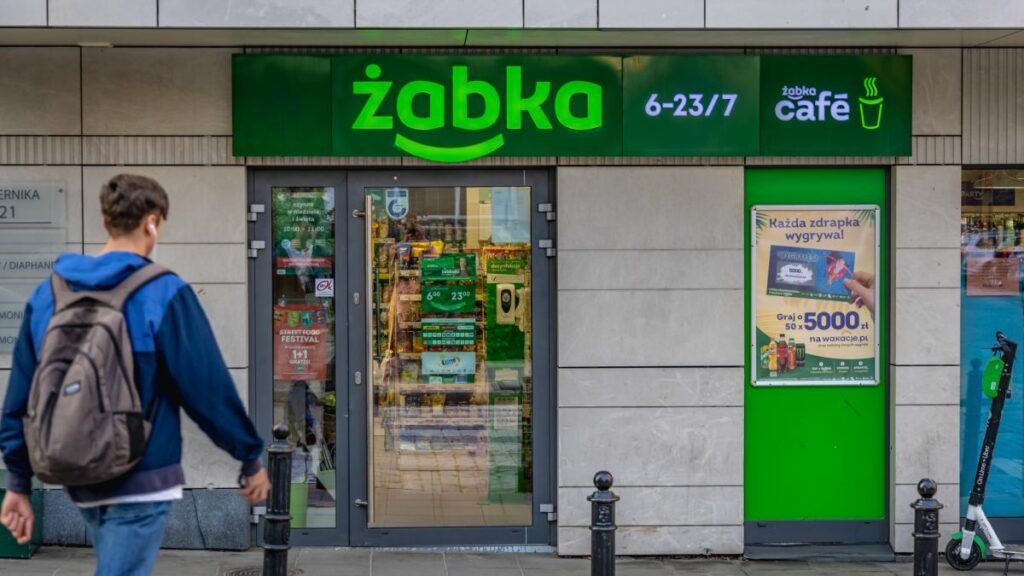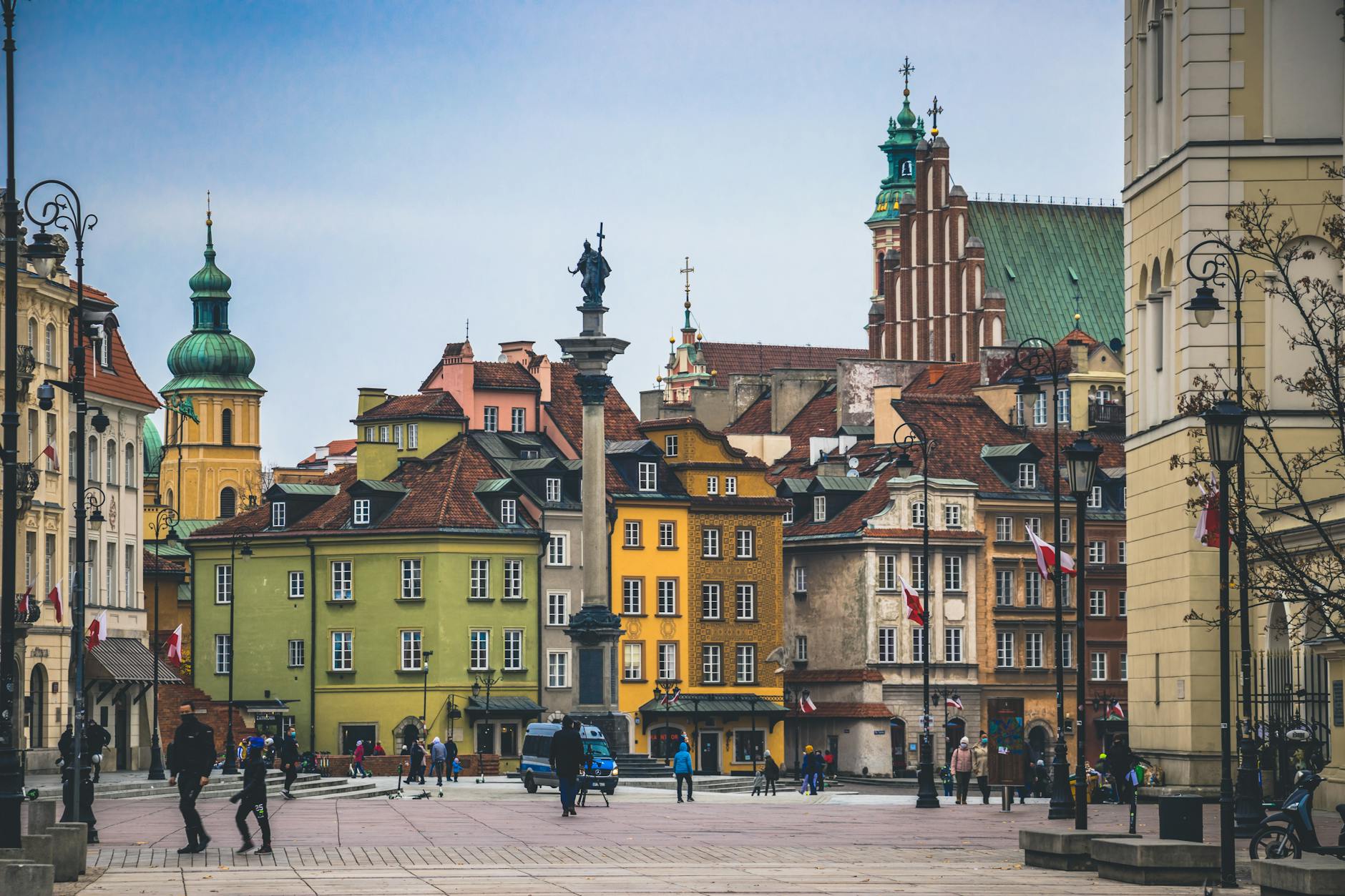Border Control Alert: Navigating Temporary Checkpoints between Poland, Germany, and Lithuania
The recent re-establishment of temporary border controls between Poland, Germany, and Lithuania has sparked discussions and prompted questions among travelers and businesses alike. As nations grapple with security, health, and immigration policies, understanding these evolving dynamics is crucial. This article delves into why such measures are in place, answers frequently asked questions, and offers guidance for maneuvering this temporary landscape.

Understanding the Reason Behind Temporary Controls
It is essential to comprehend the rationale behind Poland’s temporary border controls with Germany and Lithuania to appreciate the broader European security landscape.
Heightened Security Concerns
The geopolitical tension and increased security threats have necessitated rigorous control measures. Ensuring national safety is a priority for all governments involved, with the recent surge in illegal activities prompting stricter surveillance.
Health Safety Measures amid Pandemic
In the wake of the COVID-19 pandemic resurgence, many countries, including Poland, Germany, and Lithuania, had to re-evaluate cross-border travel dynamics. These controls help contain the virus, trace potential outbreaks, and ensure the safety of citizens and travelers.
Tackling Illegal Immigration
An uptick in illegal crossings has been observed, with human trafficking and unauthorized entries raising alarm. These controls allow for systematic documentation and verification of travelers to combat this trend.
FAQs: Insights and Implications
Understand how these temporary measures might affect you and what the future holds.
-
Will the border controls affect EU citizens’ freedom of movement?
Yes, but minimally. While Schengen Area principles allow free movement, temporary checks can slow down travel but are designed to align with EU’s security regulations. -
How long might these temporary controls last?
Typically, such measures are short-term, lasting weeks or months, as they directly correlate with identified threats or health advisories. However, extension remains a possibility based on evolving conditions. -
What documentation is necessary for crossing these borders?
Travelers should always carry a passport or an EU identity card. Ensure documentation is up-to-date and check for any additional transit requirements before travel.
Practical Tips for Seamless Travel
A few simple measures can prepare travelers for smooth passage through these controlled borders.
Real-Time Research
Before planning your trip, consult real-time travel advisories related to Poland, Germany, and Lithuania. This can save you from last-minute surprises and unnecessary delays.
Leverage Technology
Utilize mobile apps offering real-time updates on border wait times, changes in control measures, or entry requirements. Apps specific to the Schengen Zone are invaluable.
Stay Informed and Vigilant
Follow credible news sources for insights on geopolitical situations that may impact border policy changes.
Conclusion: Navigating the Future of Europe’s Borders
As Poland implements these temporary border controls with Germany and Lithuania, it punctuates the delicate balance between security imperatives and the Schengen principle of free movement. Proactive planning, understanding underlying motives, and staying informed can turn any journey into a smooth experience, even amid temporary constraints.
These measures are punctuated by the promise that they are temporary, yet they remind travelers and businesses about the fluid nature of international regulations. For now, staying ahead of the curve with knowledge and preparation is the best pathway through Europe’s evolving border landscape."}















